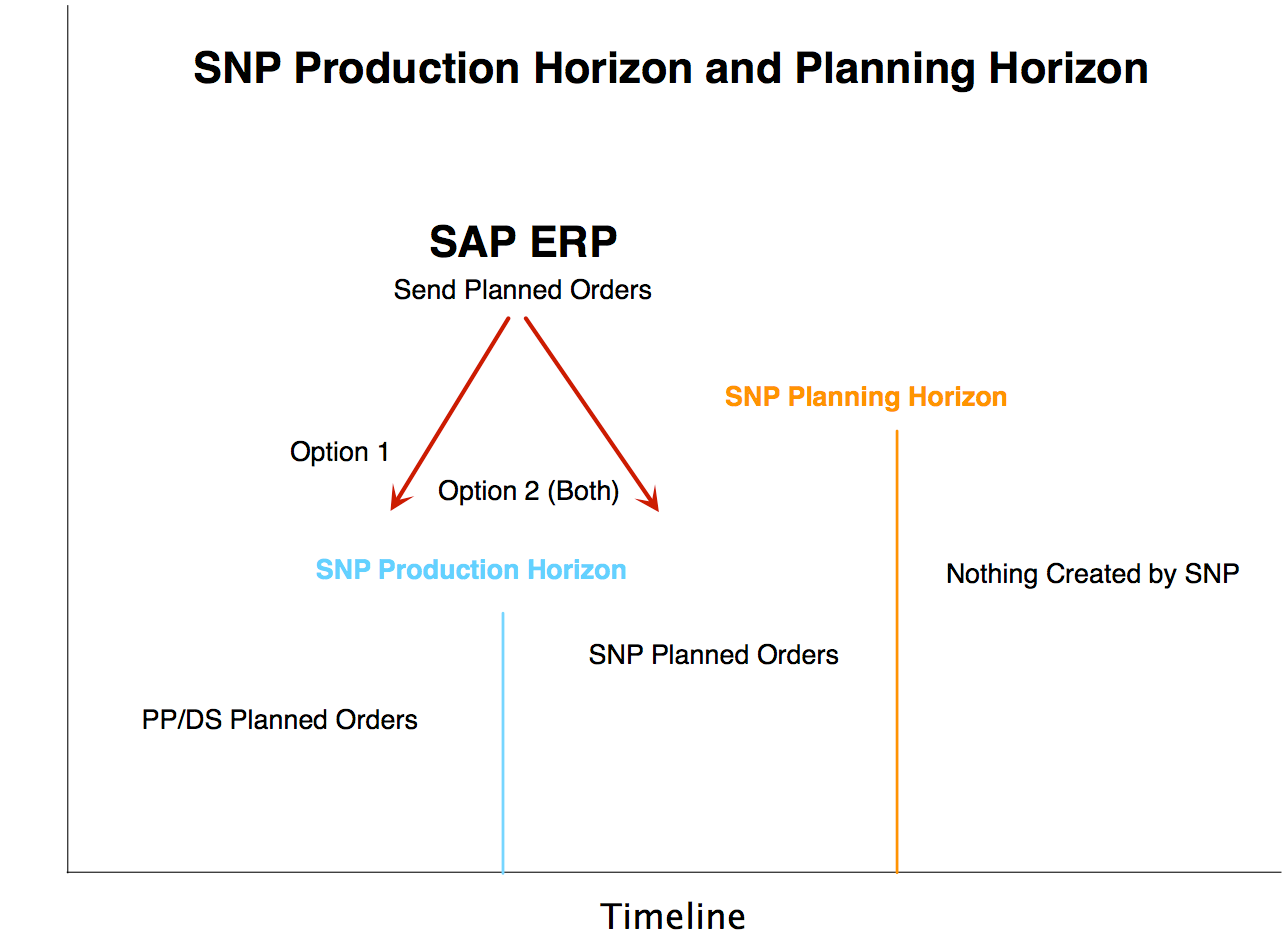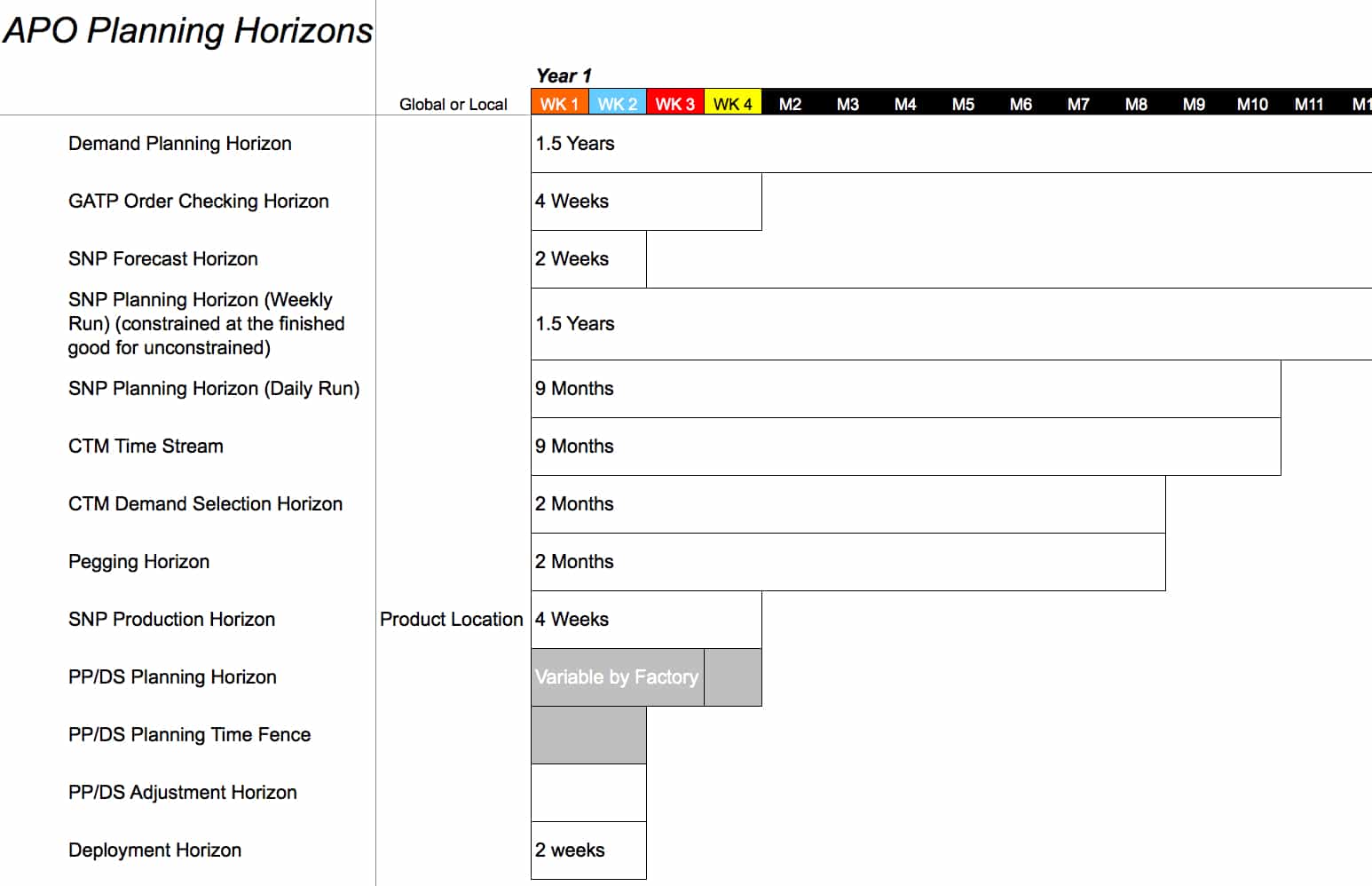Introduction
Production planning and scheduling software have many more software vendors listed for it in some sources that we think qualify for the title. This is because many ERP vendors say that they can perform production scheduling when in truth most ERP systems provide functionality which is just good enough to impress executives during the sales process, but not good enough to use. In fact, of all of the ERP systems that we cover, only Process Pro and Rootstock meet our standard in terms of having basic functionality in this area.
Most of the ERP applications work off of simple MRP for production planning and scheduling combined with a simplified scheduling screen. However, MRP is only designed to create the initial production plan, and at the very least, production planning and scheduling software should have heuristics. (for instance, Rootstock has a scheduling algorithm) Many ERP software is an attempt to try to cover as broad of an area as possible, but this ends up with dissatisfaction once the system is live. This has been a constant feature in the production planning and scheduling space, which is why so many companies still rely upon Excel to perform production planning.
In practice, the cost savings from effective production planning and scheduling are such that it typically makes sense to purchase a specialized application to do the job. Therefore a well-managed software selection and implementation will often result in a good return on investment.
The Opportunity of Multi-plant Planning
Multi-plant planning, sometimes called a multi-site plan, is the ability to model and make decisions to schedule production between alternate internal production locations that can produce the same product. By definition, companies that have components and subcomponents of final finished goods that are moved between factories have a multi-plant planning requirement. And this requirement applies to all manufacturing environments (discrete, repetitive, process batch, process continuous. A company that does not have multi-plant planning requirements when they start out will have these requirements as soon as they choose to consolidate one stage of manufacturing to a single location to benefit from economies of scale and economies of specialization in that manufacturing process.
Multi plant planning is a more realistic representation of the real modelling requirements within many companies. This is because factories do not merely accept raw materials and ship finished goods. Instead, many factories receive raw materials and ship out subcomponents. Other factories receive subcomponents and ship out components or subassemblies. Many possible combinations of factories are reasonable and always have been at least to some degree.
There is little doubt of the many companies with multi-plant planning requirements. We have experienced the requirements first-hand and in-depth at one company, but have found these requirements at other companies as well – its simply that most are unaware what these requirements are called, that there is academic work which describes them. They are unaware that they are losing efficiency by not being able to account for these requirements. Multi plant planning is a crucial stage in the evolution of planning software. Multi plant planning related to subcontract and contract manufacturing planning all of these planning requirements mean the planning system is indifferent to whether the manufacturing location is owned or not owned by the implementing enterprise. Companies have little in the way of information on multi-plant planning, which should not be surprising in the least. We know from our consulting experience that many companies have multi-plant requirements but are merely not leveraging the software currently available to manage these requirements. In fact, at most companies, the internal discussion about doing so has not even begun. Common reasons as to why this is the case are listed below:
- Many decision-makers in companies with multi-plant planning requirements do not know that the functionality to specifically address these requirements exists.
- Many companies do not include vendors with multi-plant planning functionality in their software selection initiatives.
- No ERP vendor makes external planning software that performs multi-plant planning. Buyers would have to be willing to choose a smaller vendor rather than merely purchasing the ERP vendor’s external planning system. This is, of course, a limiting factor, because buyers tend to buy as much software as they can from one vendor. Incidentally is why the enterprise software sector is so monopolistic and why so many buyers have such a poor fit between their business requirements and the applications they have purchased.
Intercompany Transfer, Subcontracting and Contract Manufacturing
As software buyers/companies have moved to more specialization in their factories (co-locating specific manufacturing in global locations), intercompany transfers have become increasingly common. Concentrating on similar types of production in factories globally has been occurring for some time. Things like subcontracting, which at first glance would seem to reduce the necessity for multi-location planning, increase the necessity for multi-location planning. Even in instances where third parties are involved – such as with subcontracting — the first company or OEM often wants to plan the activities, also if they do not perform the actual execution. We now have the common scenario where planning factories — or at least partially planning factories that are not owned by the company conducting the planning — are a common requirement.
As most enterprise software is not designed to accommodate these requirements, a great deal of effort is needed on the part of companies to both implement and maintain the software. The retort from many vendors might be, “but we offer supplier collaboration and subcontracting” — which is true. However, it is also true that these tend to be tricky implementations, and in some cases, such as with supplier collaboration, there are in fact, few success stories.
Subcontracting
Along with multi-plant planning, subcontracting has dramatically increased as a planning need within companies. Subcontracting is another form of production where there is ambiguity between the external plant and the internal locations. Another related concept is contract manufacturing, where the product is produced entirely by the contract manufacturer, but planning responsibility is shared. Some supply chain planning applications can plan subcontracting; however, the functionality of multi plant production planning functionality can make comparisons between an alternative product that is either internal or external to the company. In some circumstances, production may be outsourced; in other cases, it may be planned to be produced internally. Often inflexible planning systems mean that companies are forced to make these types of decisions “strategically.” However, in the software described in this book, the alternatives can be set up in the model, and the application can switch between internal and outsourced manufacturing as the situation changes.
Understanding the Segmentation Between Supply and Production Planning
The main area of focus of most supply chain planning vendors that develop software in this area has been not to integrate the supply planning application and production planning application. Most software vendors assume them to be two different things.
The weakness of this design is the natural inconsistency between the supply planning application and the production planning application. For example, SNP and PP/DS — and most other supply and production planning applications — work off of a different set of assumptions. Just setting the timings and planning horizons between these various systems is a lot of work, as is displayed by the following screenshot.
We have spent quite a lot of time walking implementing companies through how to integrate planning horizons and timings in SAP APO. The topic is so involved we published a book specifically on this topic titled, Brightwork Research & Analysis Press book Planning Horizons, Calendars and Timings in SAP APO.
In environments where there are dependencies between production, such as when semi-finished goods or components feed a finished good in one factory. Or the components are in a third factory supplying the semi-finished goods plant – which we have seen at several companies. Then the production planning and scheduling across the various plants end up missing out on several planning opportunities that a multi-plant planning system could leverage.
Software Category Summary
Production planning and detailed scheduling is still an area with a great deal of potential. The software category does not have that many quality applications – and most the applications are 1st generation applications that are masquerading as leading-edge applications that should probably be retired. Once again, proper selection is critical, as the ability to receive value from 1st generation production planning applications has proven to be very difficult.
MUFI Rating & Risk
See the MUFI Ratings & Risk below for all of the applications we cover.

